-
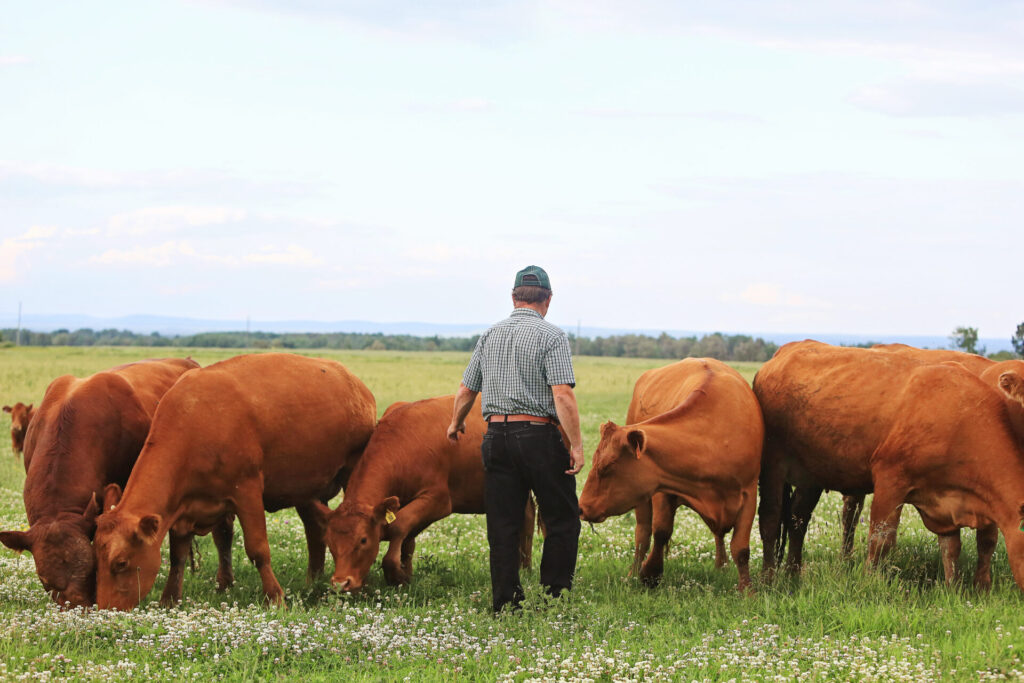
April 12, 2023Taking Pain Management Mainstream-- Beef Producers Add Pain Medication to Their Routines and Benefit Their Herds🎙️ The number of producers providing pain management...
Keep Reading -
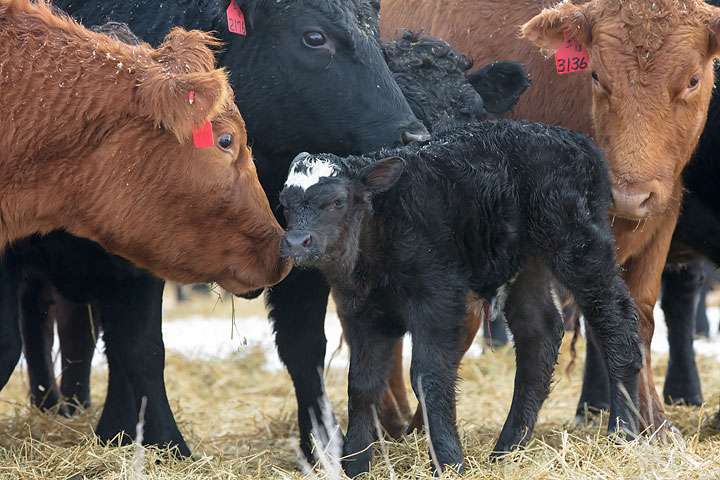
March 16, 2020Can we Reduce Castration Pain in Week-Old Calves? This article written by Dr. Reynold Bergen, BCRC Science Director, originally appeared in the March...
Keep Reading -
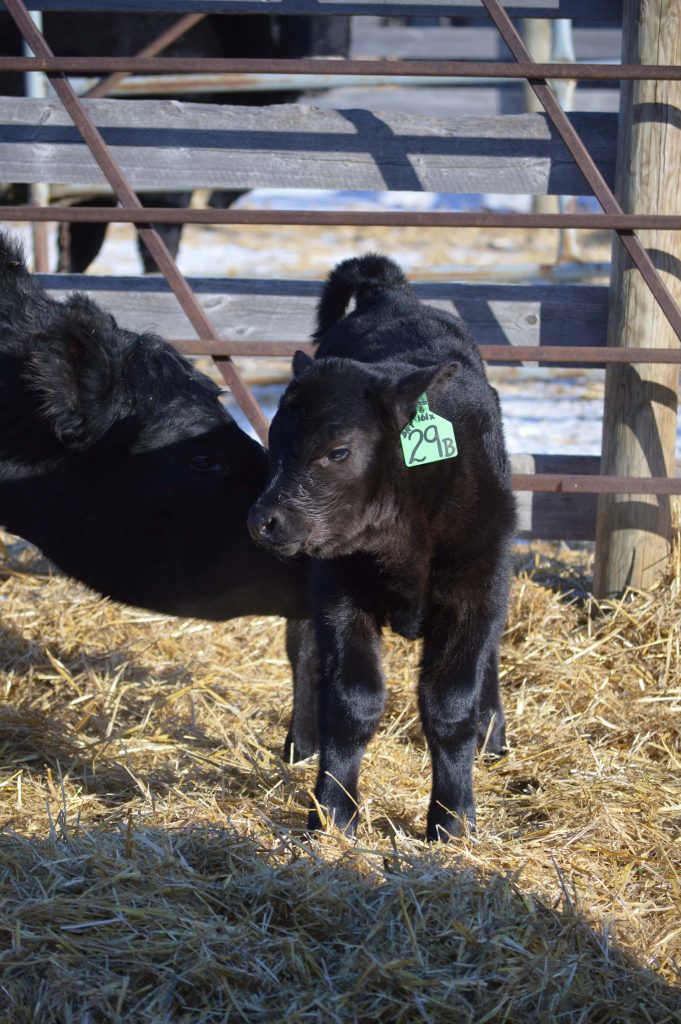
February 4, 2020Top Tips for a Smooth Calving Season The most important day of a calf’s life is the first one. There are some key factors that play a role in...
Keep Reading -
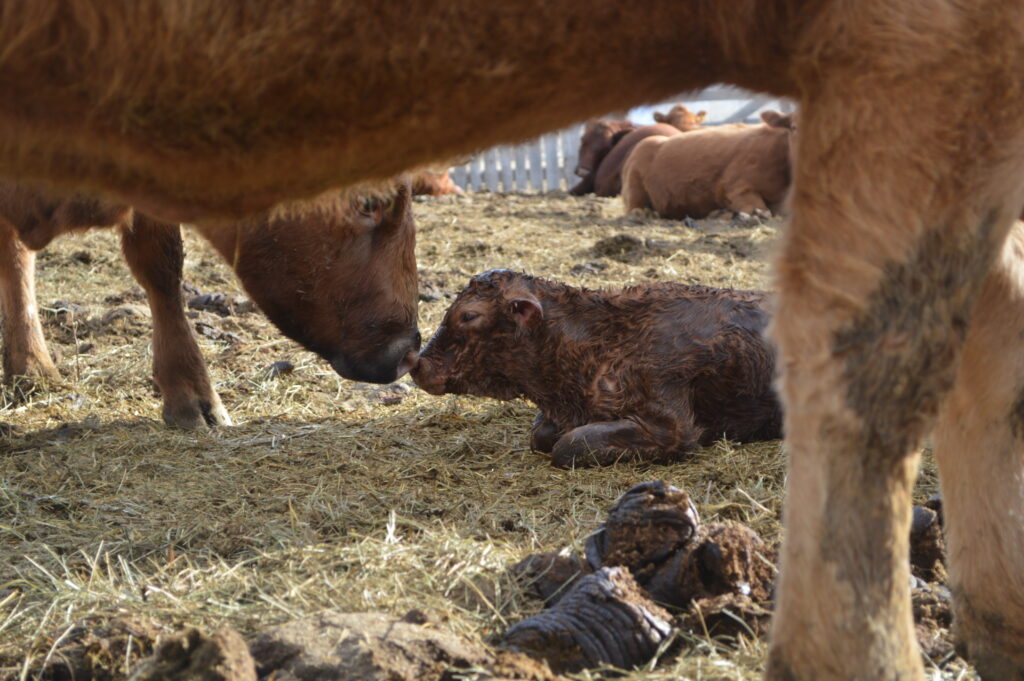
May 22, 2019Top findings about adoption of beneficial practices on Canadian cow-calf operations Sometimes it can be hard to know where you’re going if you...
Keep Reading -
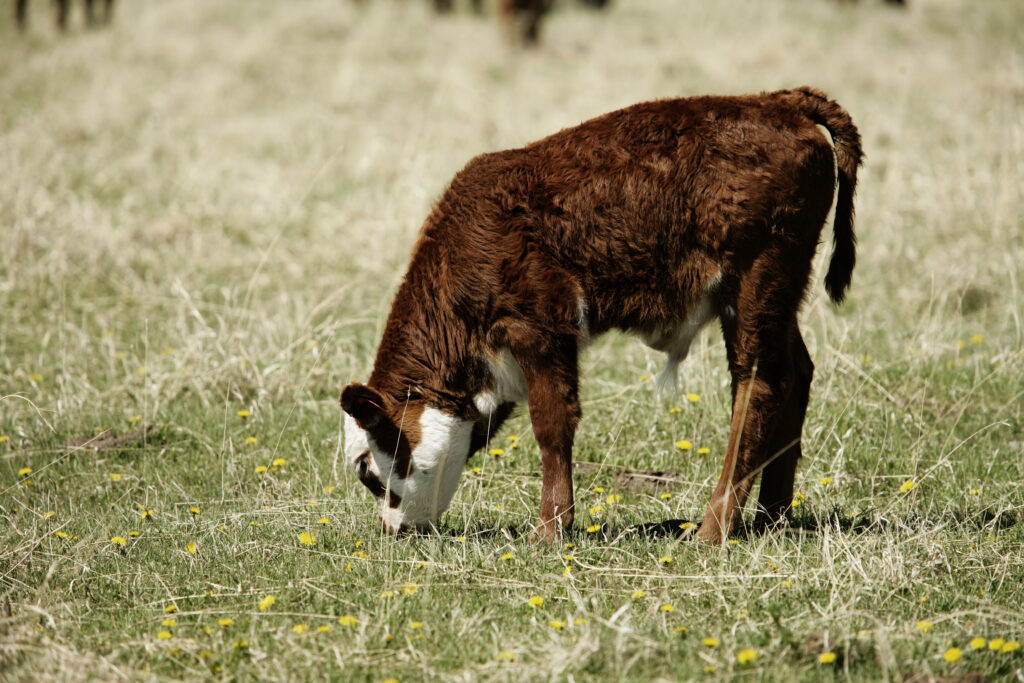
March 14, 2019Feeling Better About Castration This article written by Dr. Reynold Bergen, BCRC Science Director, originally appeared in the March 2019 issue of...
Keep Reading -
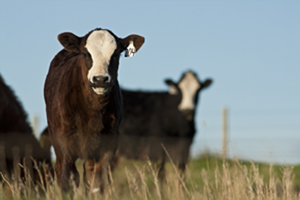
December 17, 2018Results of recent Cow-Calf Production Surveys across Canada Industry data provided by production surveys can serve as a benchmark for production...
Keep Reading -
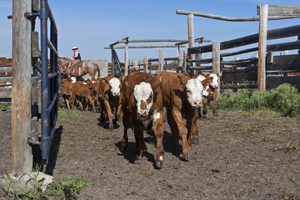
May 30, 2018Pain, Pain, Go Away Beef producers are busy in the spring and summer months processing cattle, performing common procedures such as castration and...
Keep Reading -
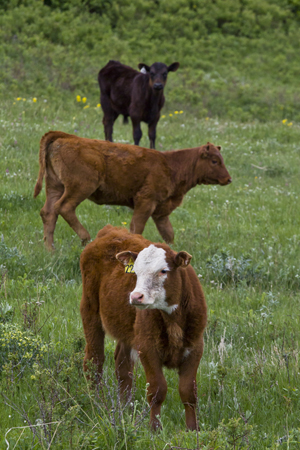
March 19, 2018How Castration Method and Age Affect Pain in Young Calves This article written by Dr. Reynold Bergen, BCRC Science Director, originally appeared in...
Keep Reading -
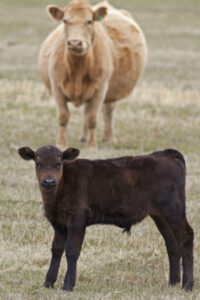
January 23, 2017That's Gotta Hurt This article written by Dr. Reynold Bergen, BCRC Science Director, originally appeared in the January 2017 issue of Canadian...
Keep Reading -
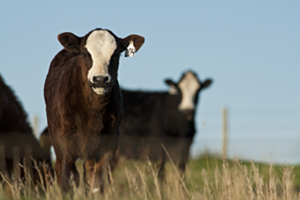
September 14, 20165 Articles for Cow-Calf Producers Heading into Fall With Fall around the corner, it’s a good time to (re)consider a few production...
Keep Reading -
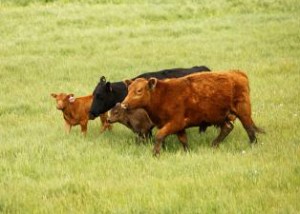
June 16, 2016Bov-Innovation: Putting Theory into Practice This article written by Dr. Reynold Bergen, BCRC Science Director, originally appeared in the June 2016...
Keep Reading -
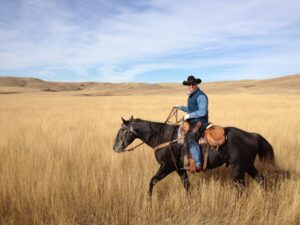
April 13, 2016Pain Control Gaining Priority Among Beef Producers For Saskatchewan beef producers Tamara and Russ Carter administering a pain control product to...
Keep Reading -
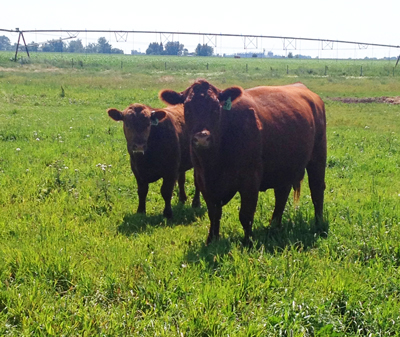
December 16, 2015New Video: What Beef Producers Need to Know About Pain Control and Prevention Injuries, ailments and surgery hurt. On days you slam your hand in...
Keep Reading -
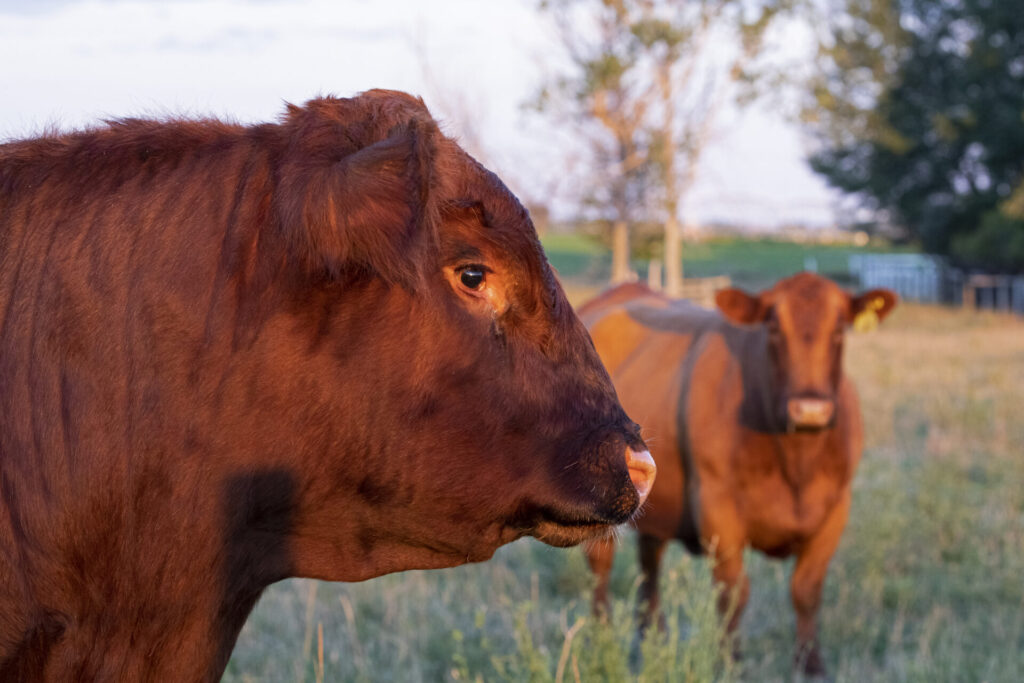
December 10, 2015Measuring and Mitigating Pain During Castration Public concern regarding the pain associated with castration, dehorning and branding of beef cattle is...
Keep Reading -
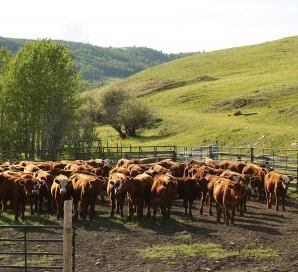
October 15, 2015Practical and Effective Methods of Pain Control: Webinar October 21 Update: Missed the webinar? Find the recording and check for future webinars on...
Keep Reading -

February 11, 2015Pain Mitigation Consumer pressure to avoid painful practices on cattle when possible, and to reduce pain when castration, dehorning, or branding are...
Keep Reading -
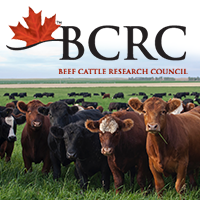
January 19, 2015Is Bloodless Dehorning Really Painless? This article written by Dr. Reynold Bergen, BCRC Science Director, originally appeared in the January 2015...
Keep Reading -
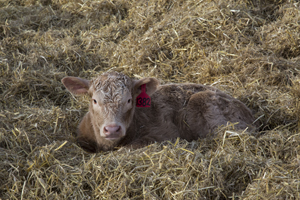
October 16, 2013Do it Early, Do it Right This article written by Dr. Reynold Bergen, BCRC Science Director, originally appeared in the October 2013 issue of Canadian...
Keep Reading -
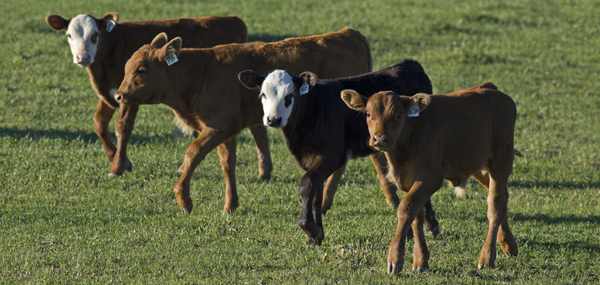
May 2, 2013Pain Mitigation: Latest Video in Beef Research School Series Branding, dehorning and castration are painful, but pain is very difficult to measure in...
Keep Reading -
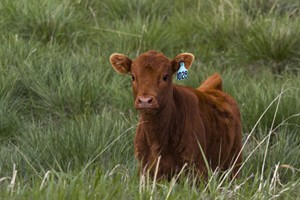
February 21, 2013A Painful Subject This article written by Dr. Reynold Bergen, BCRC Science Director, originally appeared in the February 2013 issue of Canadian...
Keep Reading